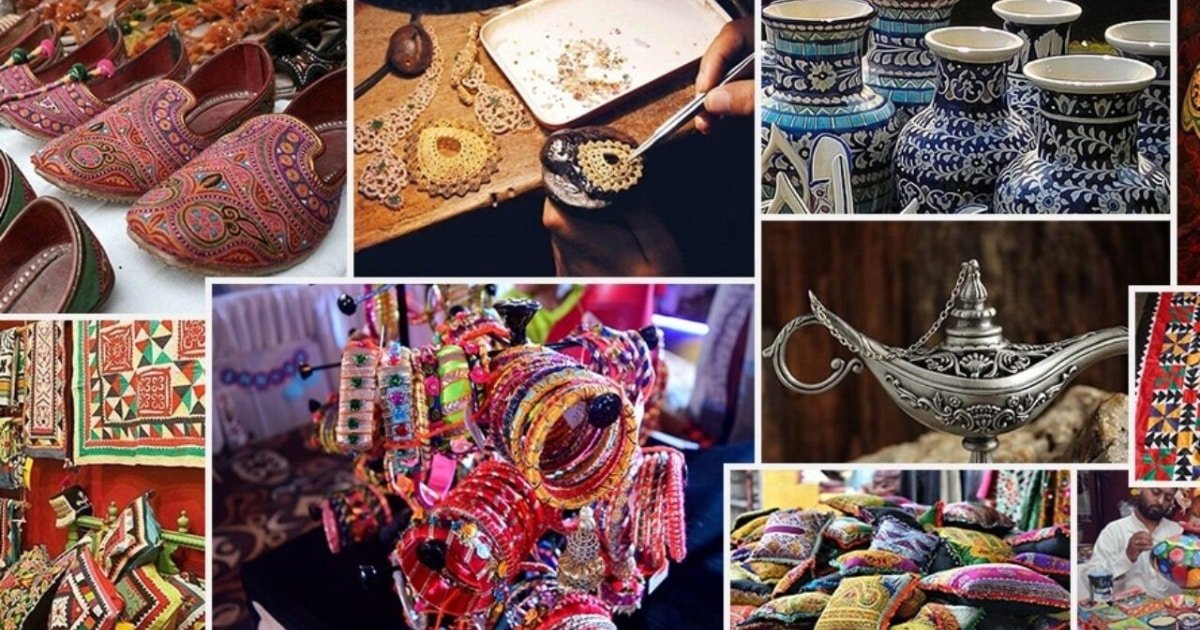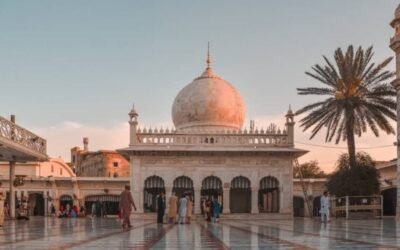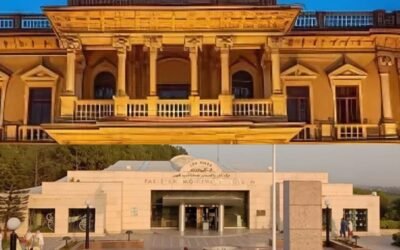Handicrafts: Tradition in a Digital Era
Traditional crafts, such as Ajrak block printing, Khussa shoe-making, and various embroidery styles, are essential to Pakistan’s cultural heritage. In 2025, these crafts are thriving due to online platforms and technologies like AI, spurred by growing global demand for authentic products.
Sindhi artisan Noor Mohammad emphasizes that “The Ajrak isn’t just a fabric—it tells our history through its vibrant colors.” Crafts such as Ajrak and Balochi mirror work are being revived, inspiring creativity and entrepreneurship. Designers like Sania Maskatiya are incorporating traditional patterns into modern fashion, thereby boosting the popularity of items such as kaftans and scarves.
These crafts represent cultural pride and provide a sustainable income, preserving Pakistan’s identity while creating employment opportunities. Handicrafts reflect the living traditions and artistic expressions of Pakistan’s diverse cultures, showcasing the country’s rich history.
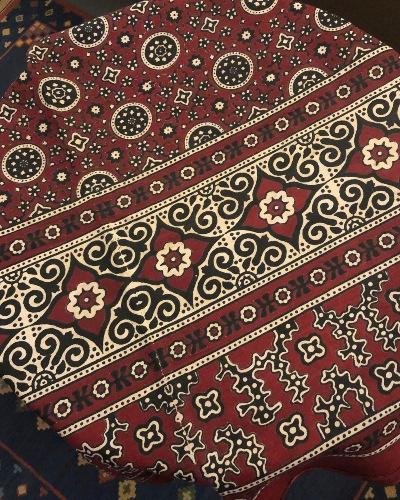
Source: TVOF
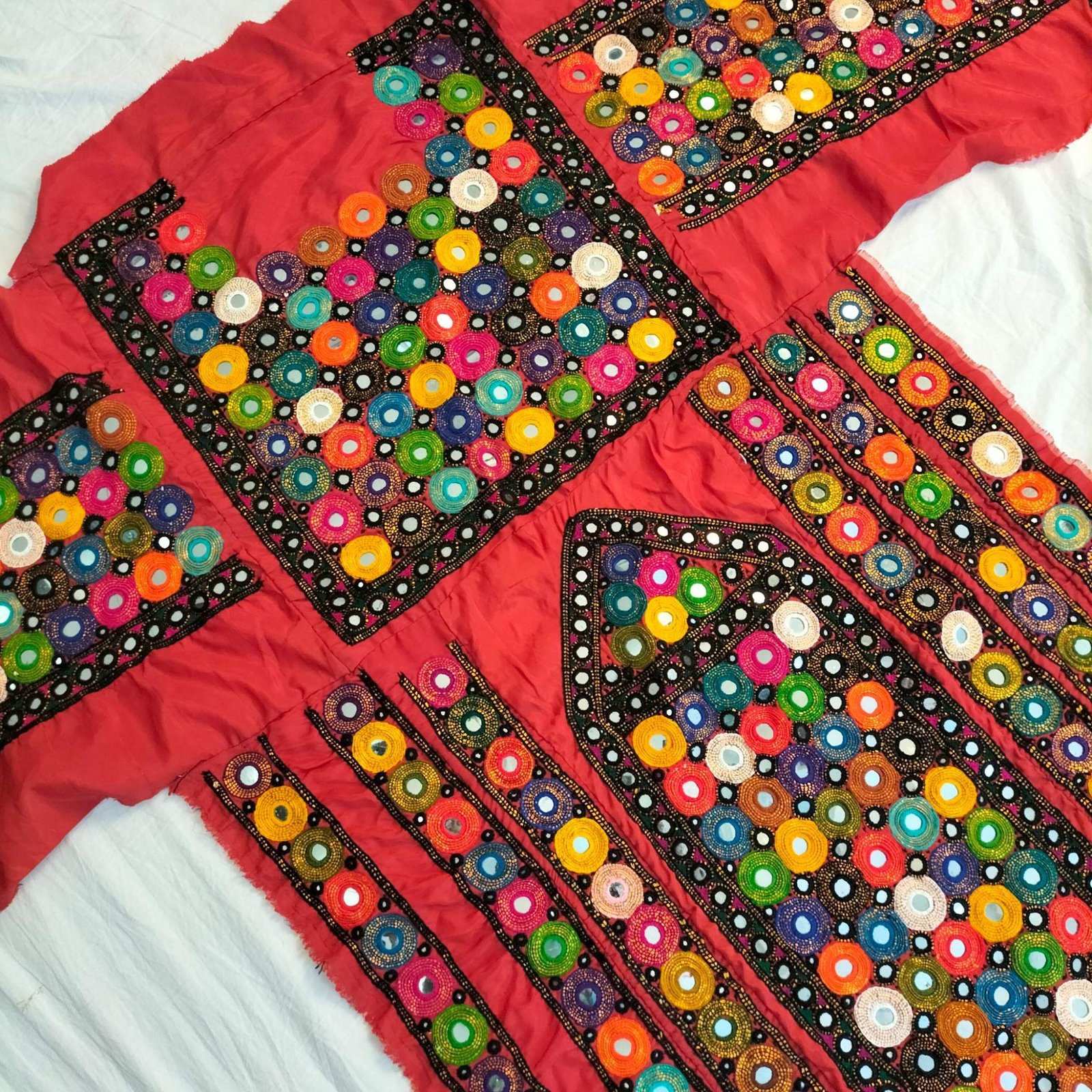
Source: BTD
Digital Platforms: A Lifeline for Artisans
Digital technologies are transforming the preservation and sale of traditional crafts. The “Proudly Pakistani” initiative by Daraz, in partnership with the Aga Khan Rural Support Program, supports artisans from remote areas by providing online selling training and marketing assistance. Similarly, Krafters represents over 9,000 artisans and collaborates with the Handicrafts Association of Pakistan to empower women-led small businesses with digital skills.
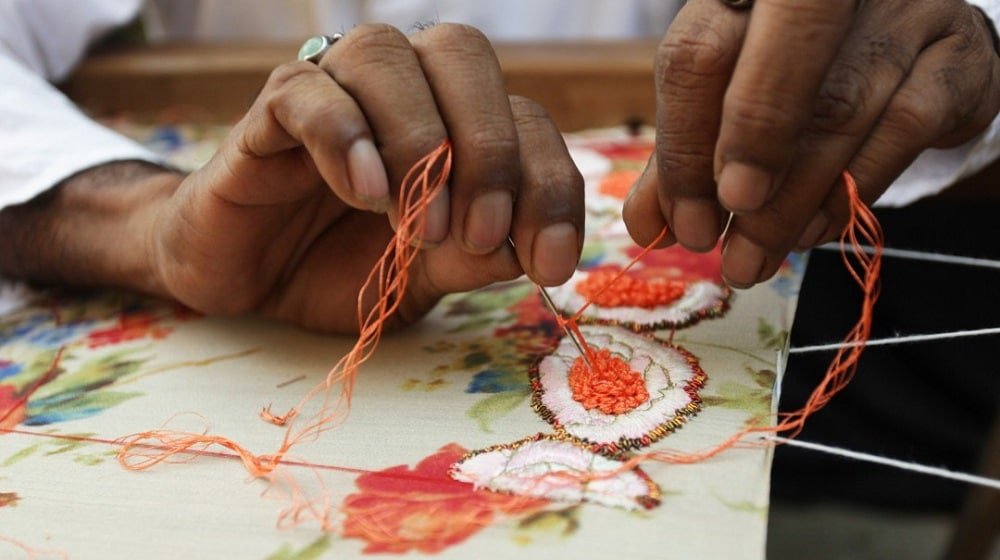
Source: Propakistan
Additionally, local artisans utilize social media platforms such as Instagram and Facebook to connect with international buyers. At the same time, pages like Reviving Pakistan and Indus Heritage Network highlight crafts from rural areas for city shoppers and expatriates.
“Machines can imitate our embroidery, but they can never capture the heart in our stitches,” says Gul Bibi, a talented Balochi embroiderer. Thanks to Instagram, her beautiful work is now reaching customers in Canada. This idea resonates with people around the world—many are willing to spend more money for genuine products that tell a story and reflect culture, something that machines cannot achieve.
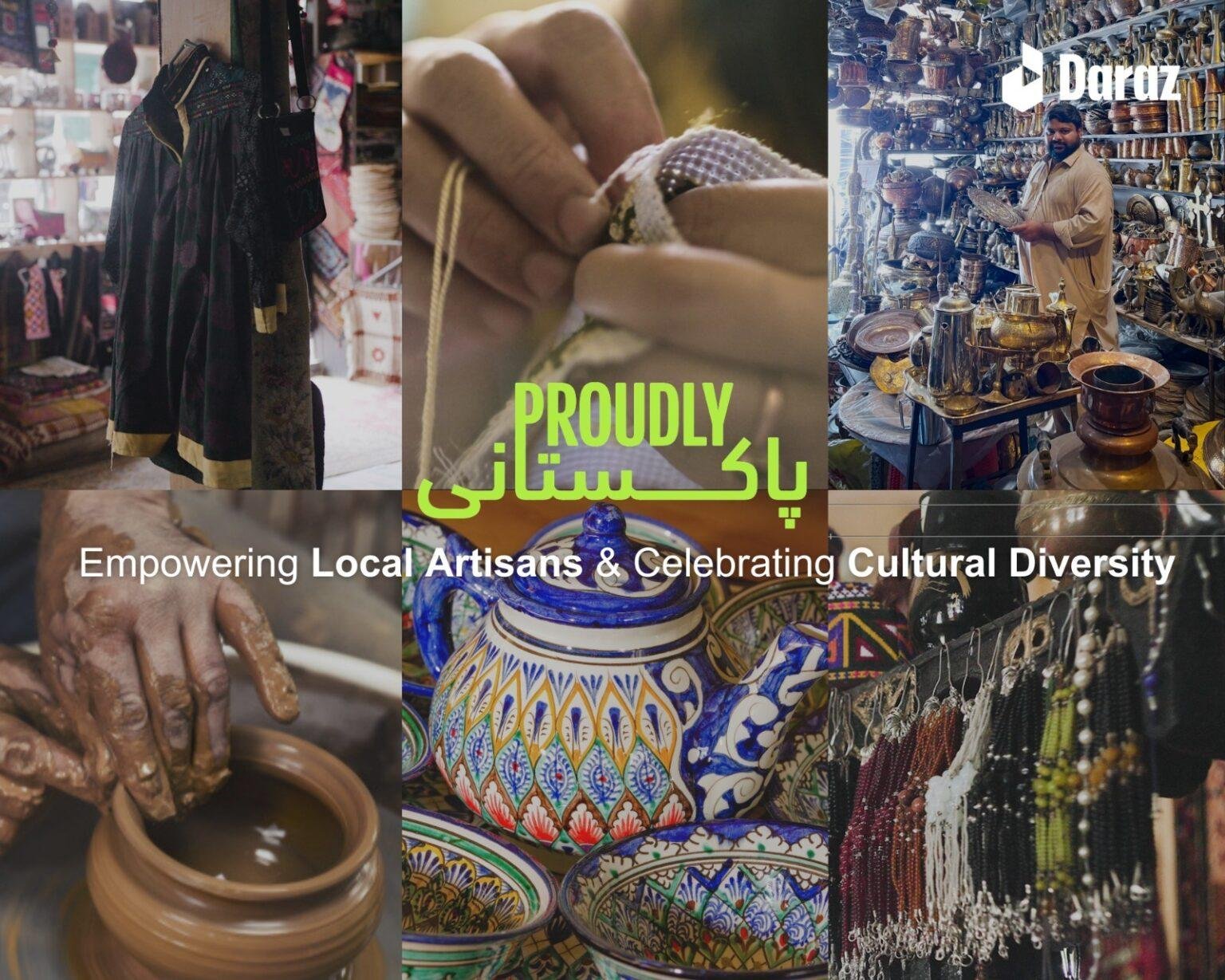
Source: TechX
Export Growth & Global Recognition
Handicrafts are playing a bigger role in boosting Pakistan’s global image and economy. According to the Trade Development Authority of Pakistan (TDAP), the country’s exports of handmade goods, such as Ajrak (a traditional patterned cloth), Khussa (traditional shoes), and embroidered textiles, exceeded $60 million in 2024. There is an increasing interest from customers in the Gulf region, the UK, and North America.
The Pakistan Handicraft Export Council anticipates this growth to continue, forecasting an annual increase of 15-20%, particularly in high-end markets.
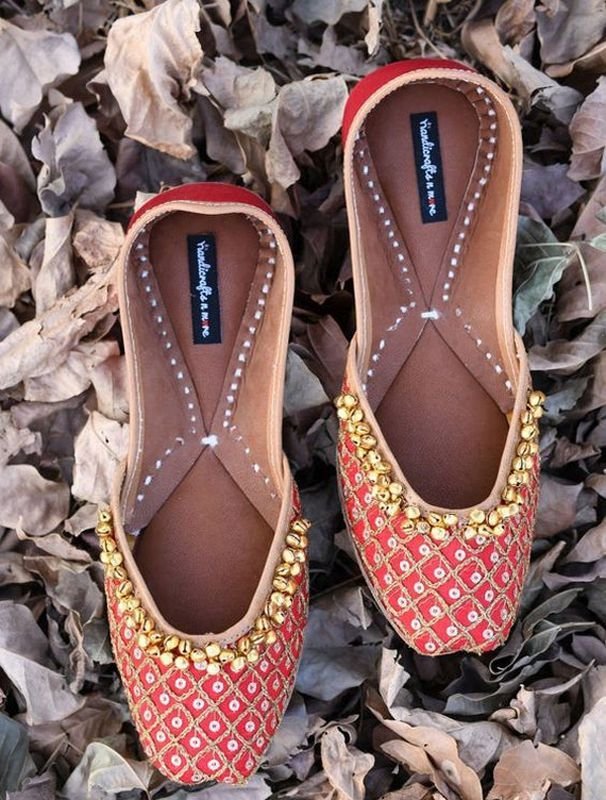
Source : Pinterest
In 2023, the beautiful Ajrak scarves and embroidered shawls from the regions of Sindh and Balochistan were featured at Expo 2023 in Doha, where they received considerable positive attention.
Cultural Platforms & Storytelling
Reviving a community goes beyond just improving the economy—it’s also about bringing back its rich cultural heritage. Events like Lok Mela showcase traditional crafts, helping to keep them alive in people’s minds.
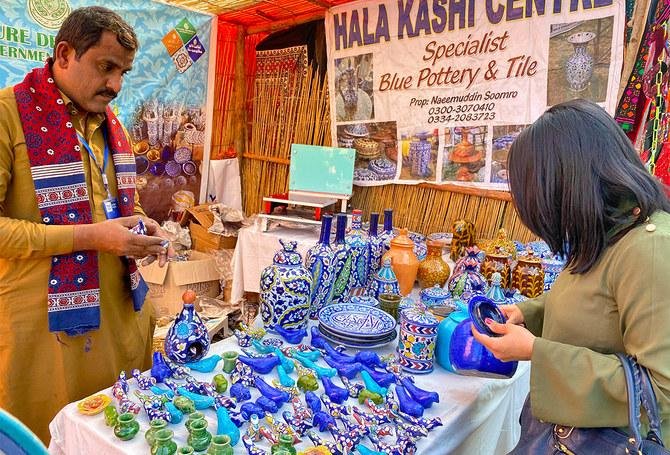
Source: Arab News
Online storytelling platforms such as TrulyPakistan, Pakorococo, and Indus Heritage play a vital role in preserving the history and techniques of these crafts. They share fascinating stories that not only promote businesses but also inspire pride and appreciation for this vibrant culture.
You May Like To Read: Virtual Heritage for Young Minds: How Digital Museums and Archives Inspire Pakistan’s Next Generation
Case Study: Ajrak’s Impact on Fashion
In 2024, designer Sania Maskatiya launched a stylish clothing line. Ajrak, a traditional fabric pattern, inspired it. Celebrities around the world wore her designs. This showed how traditional patterns can thrive in high fashion. Meanwhile, Khussa shoes from Multan gained popularity in London boutiques. Creative marketing on Instagram played a significant role. The support from the Pakistani community abroad helped too.
Women Leading Digital Craft Revival
Women artisans are driving a digital craft revival. In Hunza Valley, cooperatives create Pattu shawls from yak wool. Online sales enable them to earn up to $200 per shawl, compared to $40 locally.
The Craftswomen of Pakistan initiative has over 5,000 members and has a profound impact on many artisans. For example, Shazia from the Thar region tripled her income after displaying her embroidered textiles at Milan Design Week in 2022.
Samsung and Kaarvan Crafts Foundation organized an exhibition named “Aangan” in Lahore, showcasing female artisans’ work. The event generated around PKR 2.12 million in sales from 30 stalls, demonstrating the power of business collaboration in uplifting women’s craftsmanship.
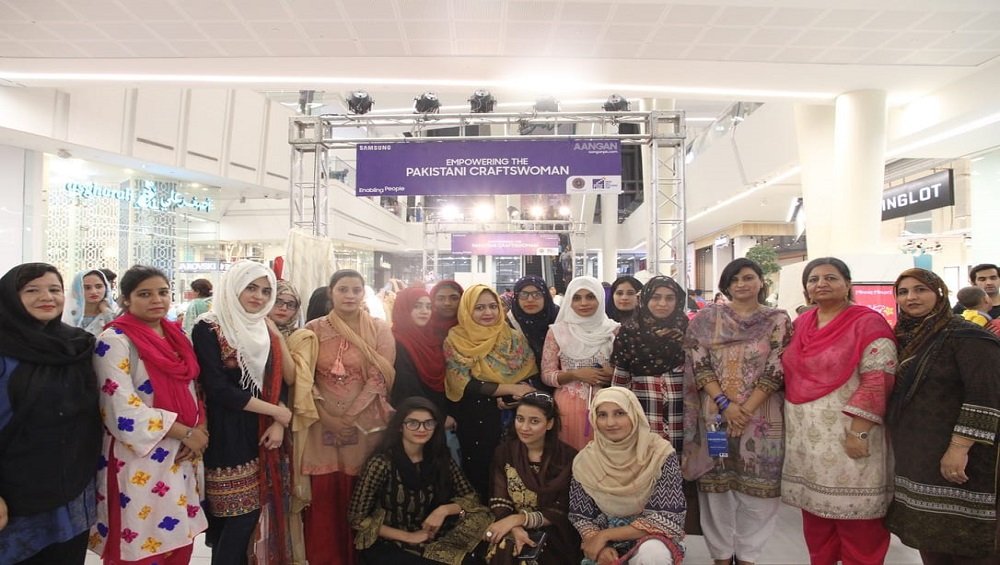
Source: PW
Women artisans are vital to this movement, weaving shawls and creating intricate embroidery. Their work boosts incomes and has a positive impact on communities by funding education and creating opportunities.
Heritage Meets Innovation: A Government & Policy Initiative
Artisans in Pakistan are leveraging digital platforms to connect with global customers, especially in Europe, the Middle East, and North America. The COVID-19 pandemic accelerated the online showcase of their embroidery and textiles, resulting in international recognition. Initiatives like Pakistan’s National AI Policy 2025 aim to train one million AI experts and support tech-driven craft projects. The Pakistan Business Forum (PBF) supports artisans in South Punjab and Balochistan through government exhibitions and skill development initiatives. Programs like e-Rozgaar provide digital skills training, while the PBF promotes regional crafts, such as Ajrak and Phulkari, with quality labels and small loans for rural artisans.
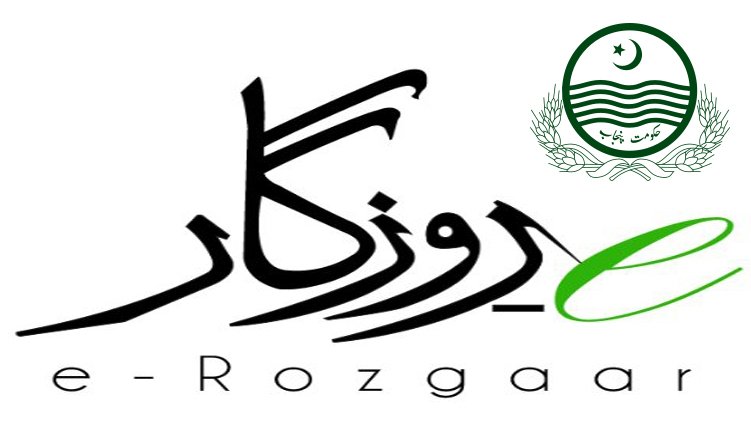
Source: SAI
Artisans in a Tech World: AI’s Role as Threat or Opportunity
In Pakistan, skilled craftsmen are starting to use artificial intelligence (AI) to enhance their handmade products. AI is revolutionizing the fashion industry by promoting personalized items, but poses challenges to traditional craftsmanship. Despite this, there is a demand for unique handmade goods. Initiatives in Pakistan are helping artisans reach global customers, supported by the National AI Policy 2025. However, many artisans struggle with limited access to technology and training. Without government support, their growth is hampered, and they face competition from cheaper machine-made alternatives.
Towards Sustainable Coexistence
Reviving handicrafts in Pakistan requires a balanced approach. It’s crucial to help artisans use modern technology for marketing while also protecting them from cheaper imitations. Promoting special labels for unique crafts, such as Ajrak, Khussa, and Phulkari, can aid in this effort. This strategy ensures that technology enhances traditional crafts, enabling Pakistan to create beautiful products that strengthen the economy and showcase its rich cultural heritage.
Heritage: Pakistan’s Future
The rise of technology, especially AI, can enhance traditional crafts in Pakistan by merging modern tools with age-old skills, thereby promoting cultural treasures such as Ajrak fabric and Khussa shoes globally. As these crafts transition online, supporting artisans is crucial for preserving our cultural heritage. By blending tradition and innovation, we can amplify their voices, create fair selling methods, and uphold the integrity of craft. Inclusive policies, technology training, and support for women artisans—key cultural stewards—are vital. Reviving these crafts enriches our culture and strengthens the economy, positioning Pakistan’s crafts as artistic and commercial ambassadors.
You May Like To Read: Sufi Shrines and Poetry: Pathways to Interfaith Harmony and Peacebuilding

